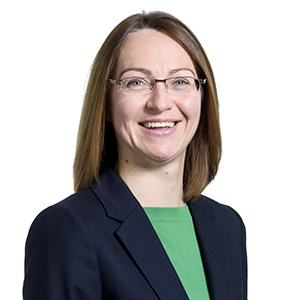
At the forefront of development and research into the most advanced technologies which will revolutionise modern society, the opportunities for the Solent region and its tech scene are greater than ever.
That’s the spotlight finding from a recent UKTN report into the region, sponsored by international law firm Womble Bond Dickinson. The newly-launched report details the strengths, challenges, and opportunities found in the region as well as where the region could be heading in the future.
But what does the Solent region and its technology sector look like? And where is it heading? Some key findings of the report can be found below – but to read the full report for yourself, you can download it here.
1. AI development and research in the Solent quickly becoming a national centre
As the world grapples with the rapid advancement of artificial intelligence, the Solent – led by Southampton – is quickly becoming key to the national understanding and development of it. The University of Southampton leads £31m research consortium Responsible AI UK, which aims to develop AI which meets the needs of society in a manner which is trustworthy and secure, while a strong collaborative nature across the region through groups such as Women in Tech Hampshire and Hampshire AI continues to help develop skillsets and knowledge across all groups.
2. Productivity, Population, and Presence key hurdles to focus on
While a collaborative culture and ambitious aims are key to the Solent’s future growth, the region needs to turn its attention towards those who are able to help deliver these goals. With an ageing population, the region lags behind in regards to workforce productivity when contrasted with the rest of the UK, and a developing tech hub will require a broadly skilled workforce to meet these needs.
Additionally, companies and researchers already in the region have reported challenges securing the funding they need to truly support further innovations, with the region not as visible on the national market when compared with existing tech hubs in Cambridge and Oxford. Therefore, fostering a culture which is more digestible to risk-taking as well as highlighting top level success stories and exits may go a long way to bringing more eyes to the region as a tech leader.
3. Pandemic effects still lingering, but moves being made to push forward
According to figures compiled by the Southampton Data Observatory, it appears that the region is still struggling to return to full speed following the knock-on effects caused by the coronavirus pandemic compared with other regional tech hubs.
The region saw a drop for more than £260m in professional, scientific and technical activities between 2020 and 2022, with 50 businesses either closing up or moving out of the region. It means there is a big gap to fill in the region, and some initiatives are already picking up the slack to rebuild, with the launch of the South Coast Institute of Technology – a major collaboration between the University of Portsmouth, Solent University, and four other educational partners – working to cultivate the tech skills and qualifications the region needs at a rate of more than 1,000 students a year.
4. Collaboration heading in the right direction
Advances in technology and developments in regional politics present a great opportunity for the region to collaborate more openly and consistently. A mooted joint mayoral authority between Hampshire, Southampton, Portsmouth, and the Isle of Wight is in early stages, while the region’s academic institutions, with more than 65,000 students between them, could allow for greater capacity to align with regional businesses and create new innovations.
Having both academic bodies and local business and organisations aligned in the need for growth could lead to great potential for the region to expand over the coming years, with the creation of community interest group TechSolent a shining example of the appetite for collaboration, networking, and continued development in the region.
This article is for general information only and reflects the position at the date of publication. It does not constitute legal advice.






